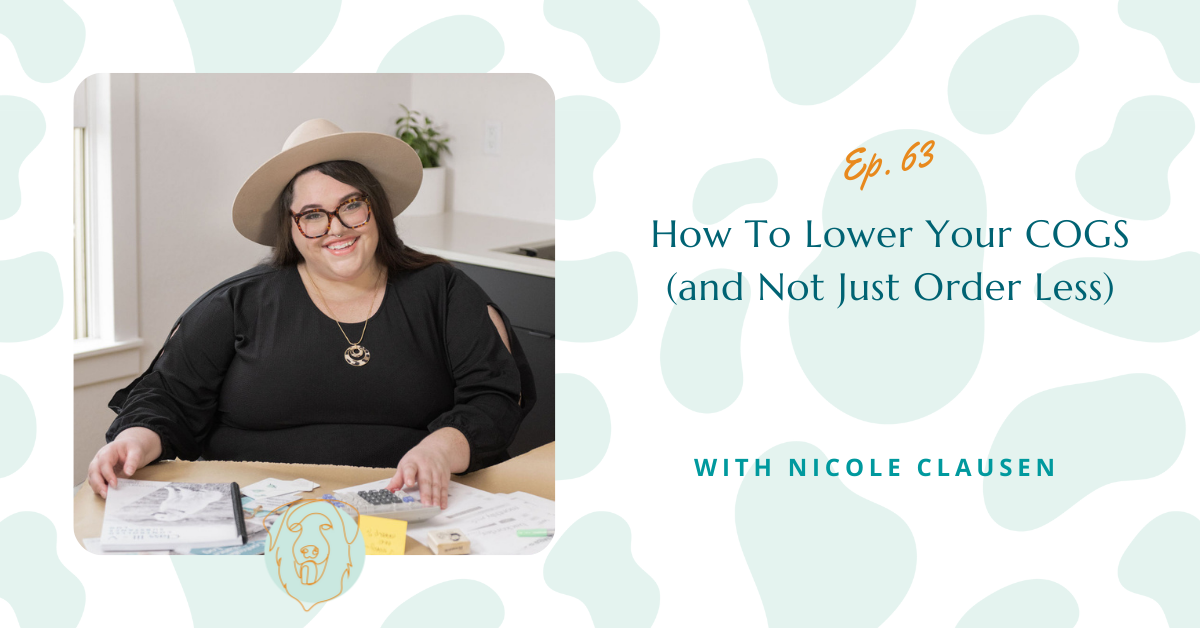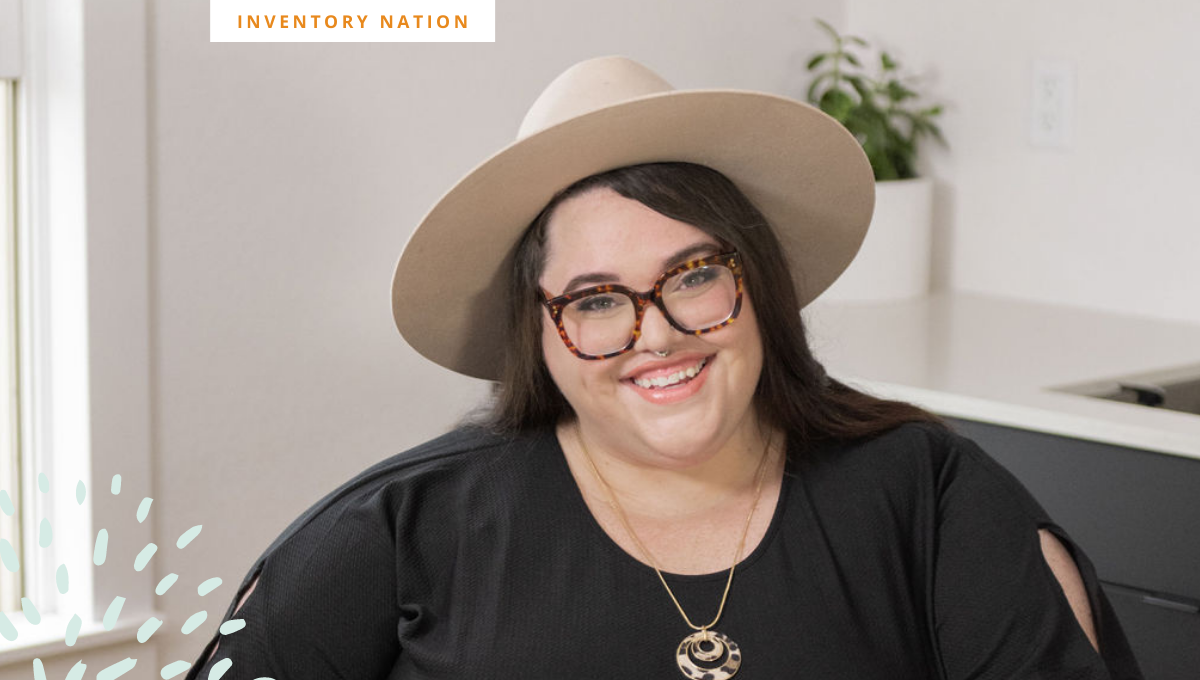TUNE IN: APPLE PODCASTS | SPOTIFY | GOOGLE PODCASTS | AMAZON MUSIC
Is the cost of goods sold at your practice feeling high and out of control? In this episode, Nicole responds to some frequent questions about costs of goods sold. She discusses some of her strategies for keeping costs of goods in control.

EPISODE HIGHLIGHTS
- “Cost of Goods Sold†are anything related to taking care of a patient.
- AAHA has a great free resource (linked below) called “Chart of Accounts†that has detailed explanation of different categories.
- It is probably a COG if it’s related to taking care of a patient.
- Toilet paper, pens, paper, janitorial supplies, are generally not considered COGS.
- For benchmark, a small animal general practice has an ideal COGS as 18% to 20%
- Specialty or emergency practices generally have lower COGS.
- Mixed and large animal practices are typically higher.
- Ordering less is not always the best strategy.
- Look for and prevent “missed chargesâ€. Missed charges can impact your cost of goods.
- It helps to have a standardized system for charging so that everything is predictable and consistent.
- Dispense and Injection charges should be standardized and tracked.
- Have a strategic plan for ordering.
- Quantify what “low†means to help manage ordering.
- Having too many types of products for the same treatment bring high costs.
- Individual product over stock causes high cost of goods.
- Setting a budget is only part of the process. There must be some training and strategizing to help manage the budget.
- Inventory Ally is the first inventory management software exclusively for veterinary practices.
MEET NICOLE CLAUSEN
Hi, I’m Nicole Clausen and I started Veterinary Care Logistics with the dream of changing the way we manage inventory together.
With 14+ years of experience in the veterinary industry, I have worked in several positions from receptionist to operations manager for several different hospitals.
While no two practices are ever just alike, I noticed one common problem: a lack of inventory management and control.
If you are tasked with managing inventory, I understand first-hand the challenges you face.
When I first started managing inventory, I struggled with the same things that many of my client’s experience: a to-do list up my chin and a pretty persistent case of imposter syndrome. But jolting awake in the middle of the night, wondering if you remembered to order rabies vaccines is no way to live.
I knew something had to change.
Veterinary Care Logistics was born out of the demand by several industry leaders to utilize my inventory system as a model throughout the country. Whenever I tell people what I do, I usually get a puzzled reaction: “Why would you want to do that? I hate inventory!†Truthfully, I love the puzzles, the numbers, and the strategies of inventory. But what really sets my soul on fire is creating lightbulb moments.
New clients who often come to me tell me that they feel like they’re drowning or that they think they’re just not cut out for this. Then once we start working together, putting systems in place, there’s always, always an “ah-ha†moment.
And at that moment, a shift occurs. You know exactly what you need to do. Your confidence rises. And the confusion, overwhelm, worry all begin to melt away like a bad, backordered-rabies-vaccine dream.
These are the moments I live for.
LINKS + RESOURCES MENTIONED IN THE EPISODE
- VISN: https://www.veterinaryisn.com/
- Inventory Ally – Inventory Management Software: https://inventoryally.com/
- Free Resources: www.vetlogic.co/education
